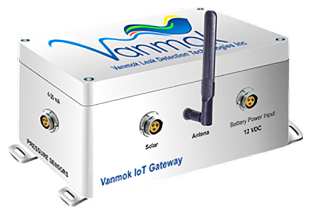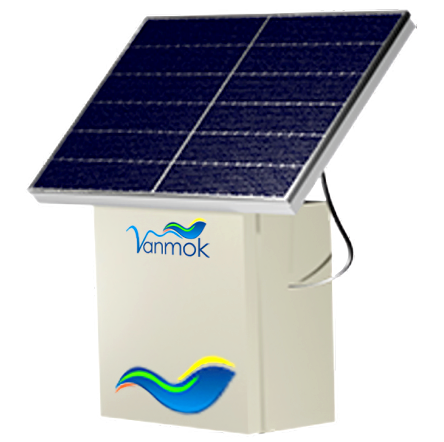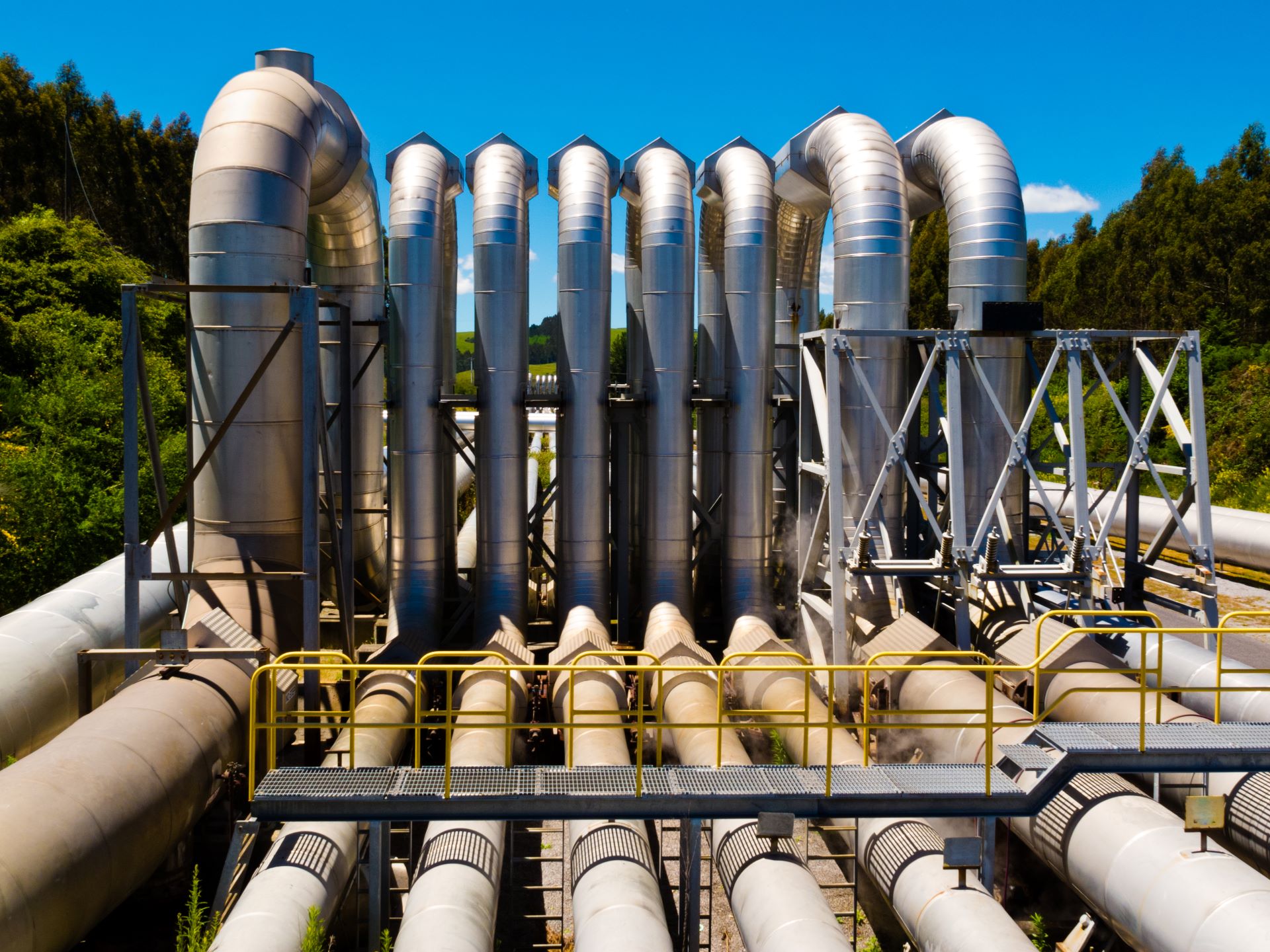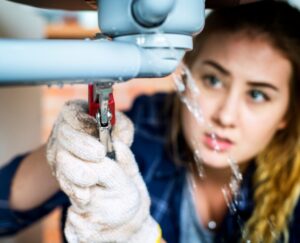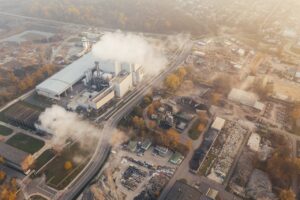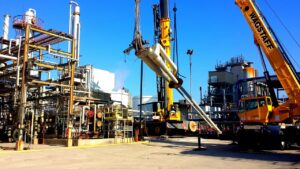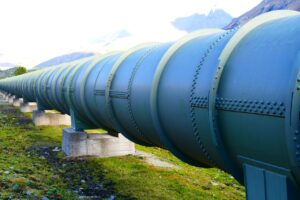Carbon Capture, Utilization, and Sequestration (CCUS) projects represent a critical strategy in the fight against climate change. By capturing carbon dioxide (CO2) emissions from industrial sources and transporting them to locations where they can be stored underground or used in various applications, CCUS projects help reduce the overall level of CO2 in the atmosphere. One of the key components of these projects is the CO2 transportation pipeline. These pipelines make it possible to move captured CO2 from its source to storage sites safely and efficiently.
The use of CO2 transportation pipelines in CCUS projects is vital for the success of these initiatives. The ability to transport CO2 over long distances allows for greater flexibility in selecting storage sites. This ensures that CO2 can be sequestered in geologically suitable locations, reducing the risk of leakage. Additionally, this transportation infrastructure supports the scalability of CCUS efforts, enabling more significant reductions in greenhouse gas emissions on a global scale.
However, the design and monitoring of CO2 transportation pipelines come with their own set of challenges. These include selecting appropriate materials that resist corrosion, managing the pressures and temperatures within the pipeline, and complying with rigorous safety standards and regulations. Ensuring the integrity and safety of these pipelines requires advanced monitoring technologies, such as sensors, real-time monitoring systems, and state-of-the-art leak detection solutions.
By addressing these challenges, the oil and gas industry can enhance the safety and efficiency of CO2 transportation pipelines, making CCUS projects a more viable option for reducing carbon emissions and combating climate change.
Importance of CO2 Transportation Pipelines in CCUS Projects
CO2 transportation pipelines are crucial for the success of Carbon Capture, Utilization, and Sequestration (CCUS) projects. These pipelines ensure that captured CO2 can be transported from industrial sites to locations where it can be safely stored or utilized. Without an effective transportation system, captured CO2 would remain at the source, rendering the capture process ineffective.
One of the primary benefits of CO2 pipelines is their ability to move large volumes of CO2 over long distances. This flexibility allows capturing facilities to transport CO2 to optimal storage sites, ensuring that it is stored in geologically stable formations. This reduces the risk of CO2 leakage back into the atmosphere. Additionally, this transportation capability supports scalability in CCUS projects, enabling the capture and storage of higher volumes of CO2 and, therefore, greater overall reductions in greenhouse gas emissions.
Another advantage of CO2 transportation pipelines is economic. By enabling the mass transport of CO2, these pipelines can help reduce the overall costs associated with CCUS projects. It becomes feasible to establish centralized storage or utilization hubs that serve multiple capture sites. This shared infrastructure approach lowers costs for individual projects and promotes broader adoption of CCUS technologies.
Challenges in Designing CO2 Transportation Pipelines
Material Selection and Corrosion
Designing CO2 transportation pipelines involves addressing several technical challenges. One key challenge is selecting materials that can withstand the corrosive nature of CO2. When CO2 interacts with water, it forms carbonic acid, which can corrode pipeline materials. To combat this, pipe materials need to be resistant to corrosion, which can increase costs. Special coatings and inhibitors are often necessary to protect the pipeline and ensure its longevity.
Pressure and Temperature Management
Managing pressure and temperature is another critical aspect of designing CO2 pipelines. CO2 must be transported under high pressure to remain in a dense phase. This state makes transporting it more efficient. However, fluctuating temperatures and pressures can pose safety risks and affect the integrity of the pipeline. Advanced engineering techniques and robust pipeline materials are needed to handle these conditions, ensuring the safe and continuous flow of CO2.
Safety Standards and Regulations
Safety standards and regulations are paramount in the design of CO2 transportation pipelines. Strict guidelines govern the construction, operation, and maintenance of these pipelines to prevent accidents and leaks. Compliance with these regulations requires rigorous monitoring and regular inspections. Designing a pipeline that meets all safety standards while remaining cost-effective is a complex but essential task. Advanced leak detection systems and real-time monitoring play a crucial role in achieving this balance, ensuring that any potential issues are promptly detected and addressed.
Monitoring CO2 Pipelines: Techniques and Technologies
Effective monitoring of CO2 pipelines is vital for ensuring safety and reliability. Various techniques and technologies are employed to track the pipeline’s condition and detect any issues early.
Sensors and Real-Time Monitoring
Installing sensors along the pipeline allows for continuous real-time monitoring. These sensors measure factors like pressure, temperature, and flow rate. Any deviations from normal parameters can indicate potential issues, like leaks or blockages. Real-time monitoring enables operators to respond quickly to any anomalies, maintaining the pipeline’s integrity and safety.
Leak Detection Systems
Leak detection systems are crucial for identifying and addressing leaks before they escalate. Modern pipelines use a combination of methods, such as acoustic monitoring, fibre-optic sensors, and mass balance systems. These methods can detect even minor leaks, reducing the risk of environmental damage and loss of CO2. Swift leak detection is essential for maintaining the efficiency and safety of CO2 transportation.
Computational Pipeline Monitoring (CPM)
Advanced monitoring technologies, like Computational Pipeline Monitoring (CPM), use sophisticated software to track pipeline performance. This Real-Time Transient Model (RTTM) is particularly effective for detecting leaks during transient and steady-state conditions. This model analyses data in real time, providing an accurate picture of the pipeline’s status. By leveraging these advanced technologies, operators can enhance the safety and reliability of CO2 transportation pipelines.
Role of Advanced Leak Detection Technology in Enhancing Pipeline Safety and Efficiency
Benefits of Real-Time Leak Detection
Implementing real-time leak detection technology offers several advantages. It improves safety by promptly identifying leaks and preventing potential hazards. This quick response helps to minimize environmental impact and reduces the risk of large-scale CO2 releases. Real-time detection also aids in maintaining the pipeline’s efficiency, ensuring consistent CO2 transport without interruptions.
Integrating Vanmok’s Leak Detection Solutions
Integrating advanced leak detection solutions, like those offered by Vanmok, enhances pipeline safety and efficiency. These systems leverage state-of-the-art technology, including CPM, to provide accurate and timely leak detection. By using these solutions, operators can ensure the pipeline remains in optimal condition, reducing the risk of costly downtimes and environmental damage.
Case Applications in Oil and Gas Industry
Using advanced leak detection in various oil and gas industry applications has proven to be beneficial. These technologies have been successfully integrated into emulsion pipeline monitoring, saltwater injection well monitoring, and oil pipeline leak detection. The adoption of advanced leak detection systems across different types of pipelines underscores their effectiveness in enhancing operational safety and efficiency.
Conclusion
CO2 transportation pipelines play an essential role in the success of Carbon Capture, Utilization, and Sequestration (CCUS) projects. These pipelines enable the efficient and safe transport of captured CO2 to storage or utilization sites, thereby reducing greenhouse gas emissions. However, designing and operating these pipelines come with challenges, including material selection, pressure management, and adherence to safety standards.
The integration of advanced monitoring and leak detection technologies is crucial in addressing these challenges. Real-time monitoring, sophisticated leak detection systems, and the use of Computational Pipeline Monitoring (CPM) provide accurate and timely data, enhancing the safety and efficiency of CO2 transportation pipelines.
If you are looking to improve your pipeline safety and efficiency, consider integrating advanced leak detection solutions from Vanmok. Our state-of-the-art technologies can help you achieve your environmental goals while ensuring the reliability of your operations. Visit Vanmok to learn more about our cutting-edge solutions.

